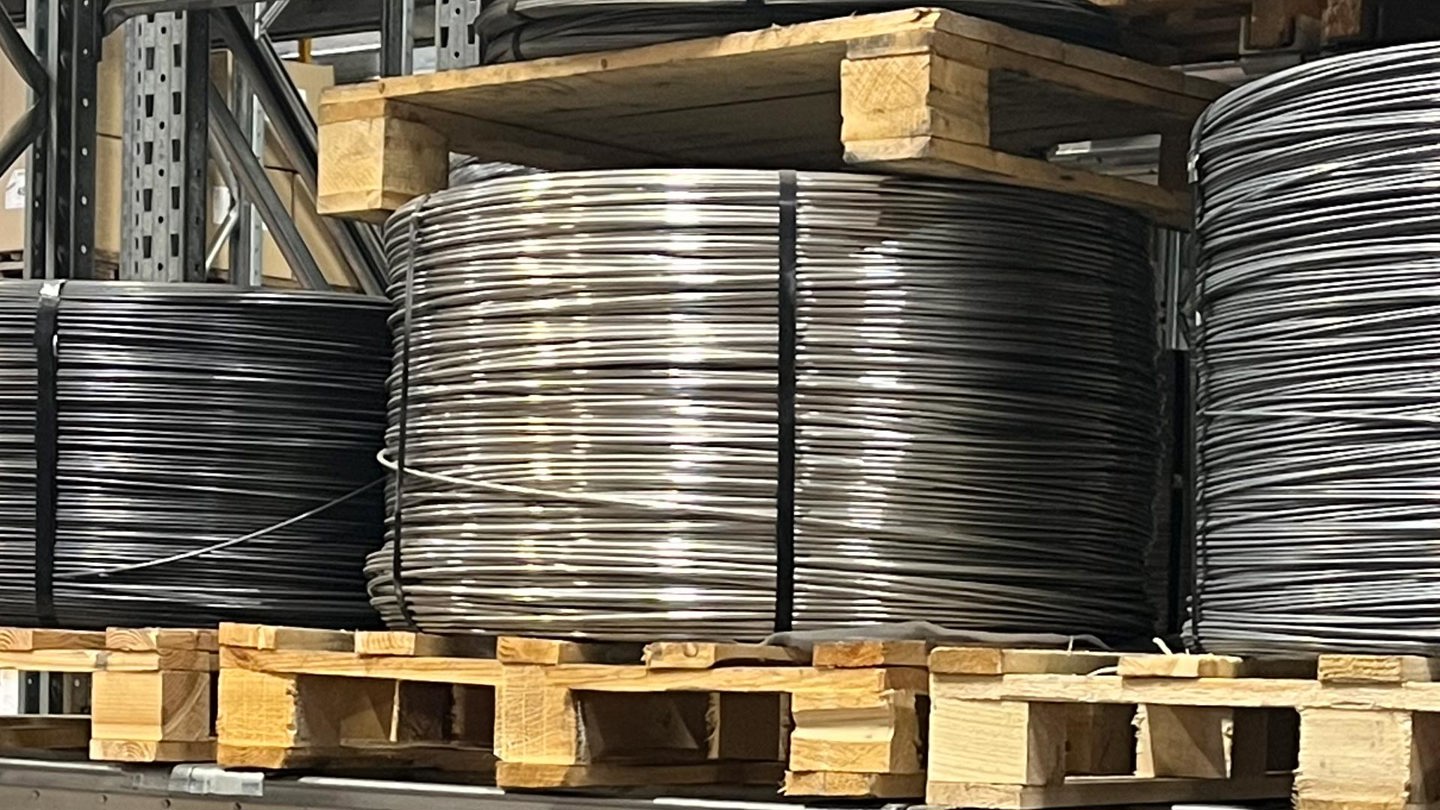
Is stainless spring wire the best material choice?
You might think stainless wire is always the best choice because it’s the most expensive. But is that really true? The answer depends on the spring’s application. We asked EWES spring expert Jan Ingvarsson to explain.
”Spring wire is a ‘living’ material,” Jan explains. ”During the manufacturing process, the wire is subjected to stresses that give each spring its unique characteristics.”
He points out that stainless wire isn’t always the best choice.
”Zinc-aluminium can often be a better and more cost-effective alternative. While many assume stainless steel is stronger, the opposite is true – its strength is typically about 10% lower than other materials.”
Why spring wire is so impressive
Three types of spring wire – which one is right for you?
Jan outlines the three most common types of spring wire and their applications:
1. Patented cold-drawn unalloyed wire (EN 10270-1)
– Ideal for simpler applications.
– Withstands temperatures up to 100°C.
– Can be surface-treated, making it both affordable and versatile.
2. Oil-tempered spring wire made of unalloyed steel (EN 10270-2)
– A strong material for dynamic loads, such as valve springs.
– Withstands temperatures up to 250°C.
– Surface treatment should be avoided.
.
3. Stainless spring wire (EN 10270-3)
– The best choice for environments with corrosion or high temperatures.
– Withstands temperatures up to 300°C.
– The most expensive, but also the most versatile type of spring wire.
Did you know …
”Patented cold-drawn wire is the cheapest, while stainless wire is the most expensive and versatile. Oil-tempered wire is ideal for dynamic loads and high strength requirements. Choosing the right spring wire is about balancing performance, cost, and application demands.”
Jan Ingvarsson, EWES
Want to know more?
Do you need help finding the right material for your spring solution?
Contact Jan Ingvarsson for personalised advice.
jan.ingvarsson@ewes.se
070-208 67 19
